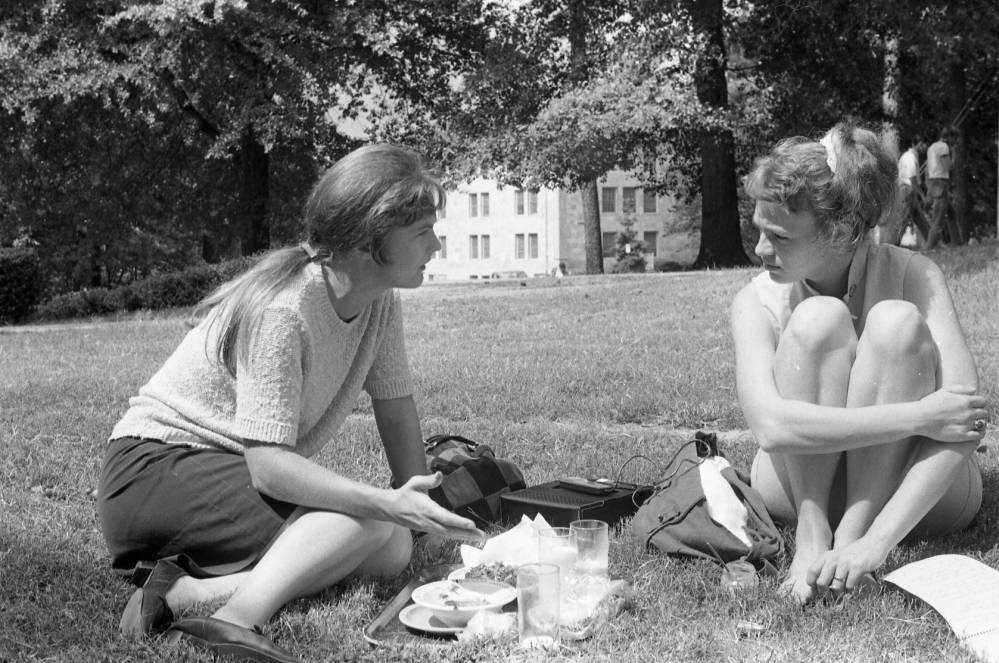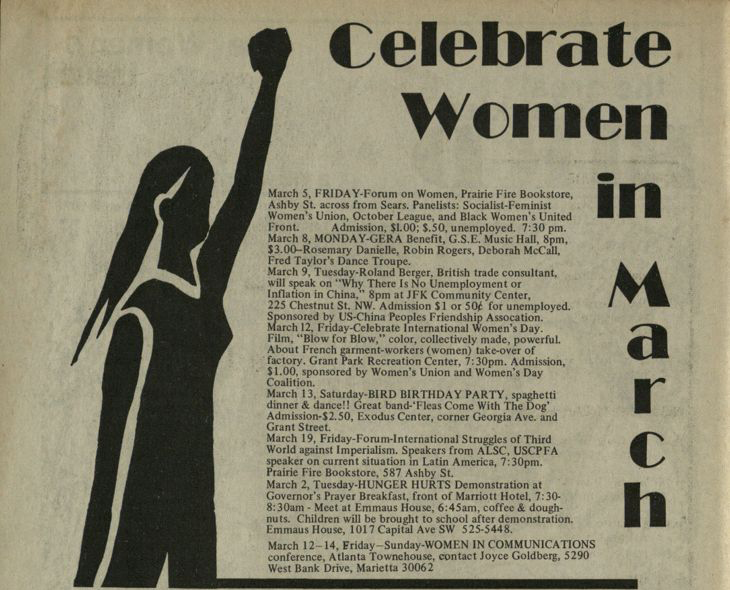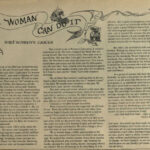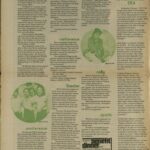Women’s Liberation

Among the many social movements covered by The Bird was the burgeoning women’s movement of the 1960s and 1970s, often referred to as “second-wave feminism.” This movement, not content to focus on a narrow range of issues, broadened the vision to include demands and efforts for equality in all aspects of society, including workplace treatment, reproductive rights, official legal inequalities, family, and gender roles, etc. The Bird gave voice and support to many of these issues.
Nevertheless, The Bird itself was not immune to the overall societal tendency of male-centric organization. In the early days of the paper, many of the women involved in producing its issues began to speak out about the division of labor within the paper. Female staffers formed the Bird Women’s Caucus to address such as issues as women being left to do the work of “lackies.” As Becky Hamilton wrote in the October 11, 1970, issue, “The men were editors and businesspeople …. That left typing for women. Women fought for control of layout, which was the one creative outlet allowed to women.” The Caucus fought to change that.

The Women’s Caucus was also successful in demanding that they be allowed to “pass” on any offensive gender-related advertisements, insisting that the paper should live up to its democratic and egalitarian ideals. This was not an easy task, however. The first vote on ad restrictions failed, but the paper ran the debate in its pages, ultimately leading to the Caucus being able to accept or reject ads as well as vetting articles submitted on women’s issues.
And over the years there were many articles on women’s issues published in The Bird. These ranged from profiles of women activists, discussion of the Equal Rights Amendment (ERA), advice on obtaining divorces, advocacy for reproductive rights, celebration of women’s sexuality, and support for women’s movements around the world.



